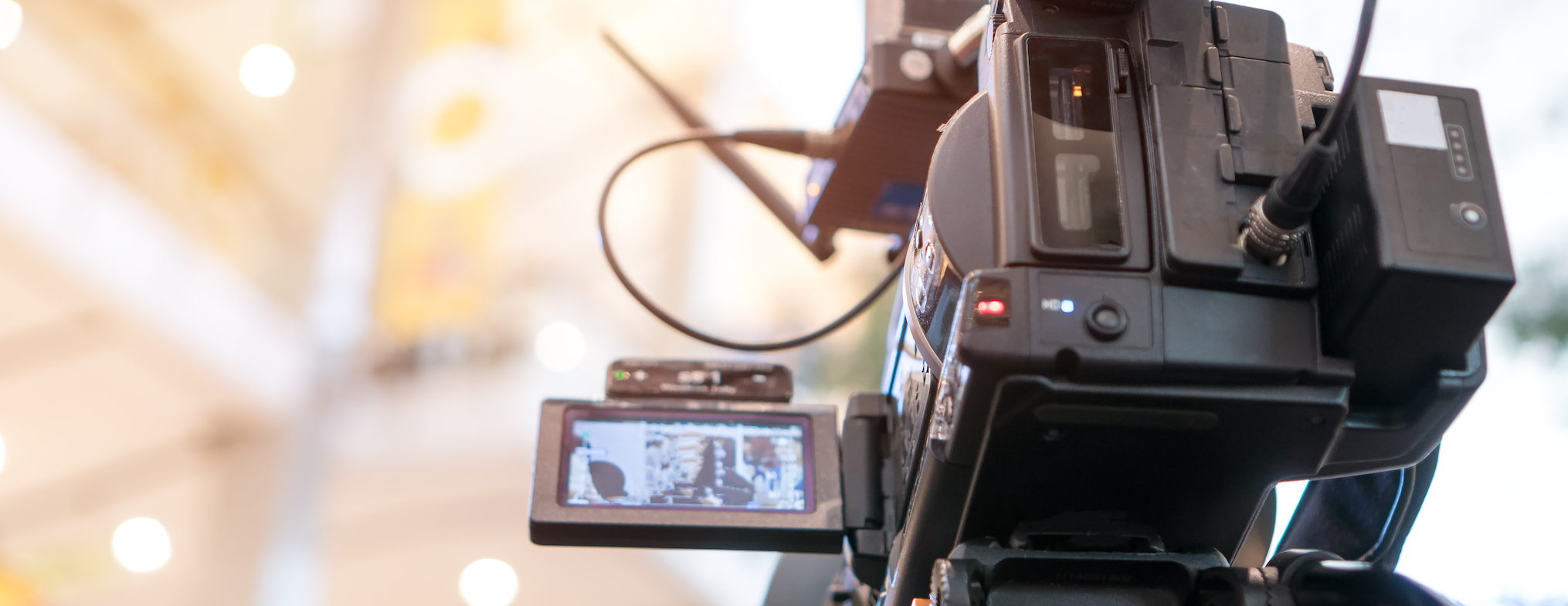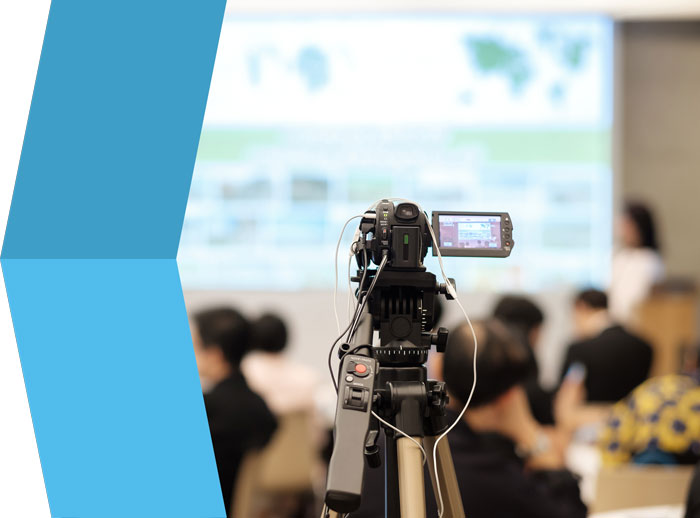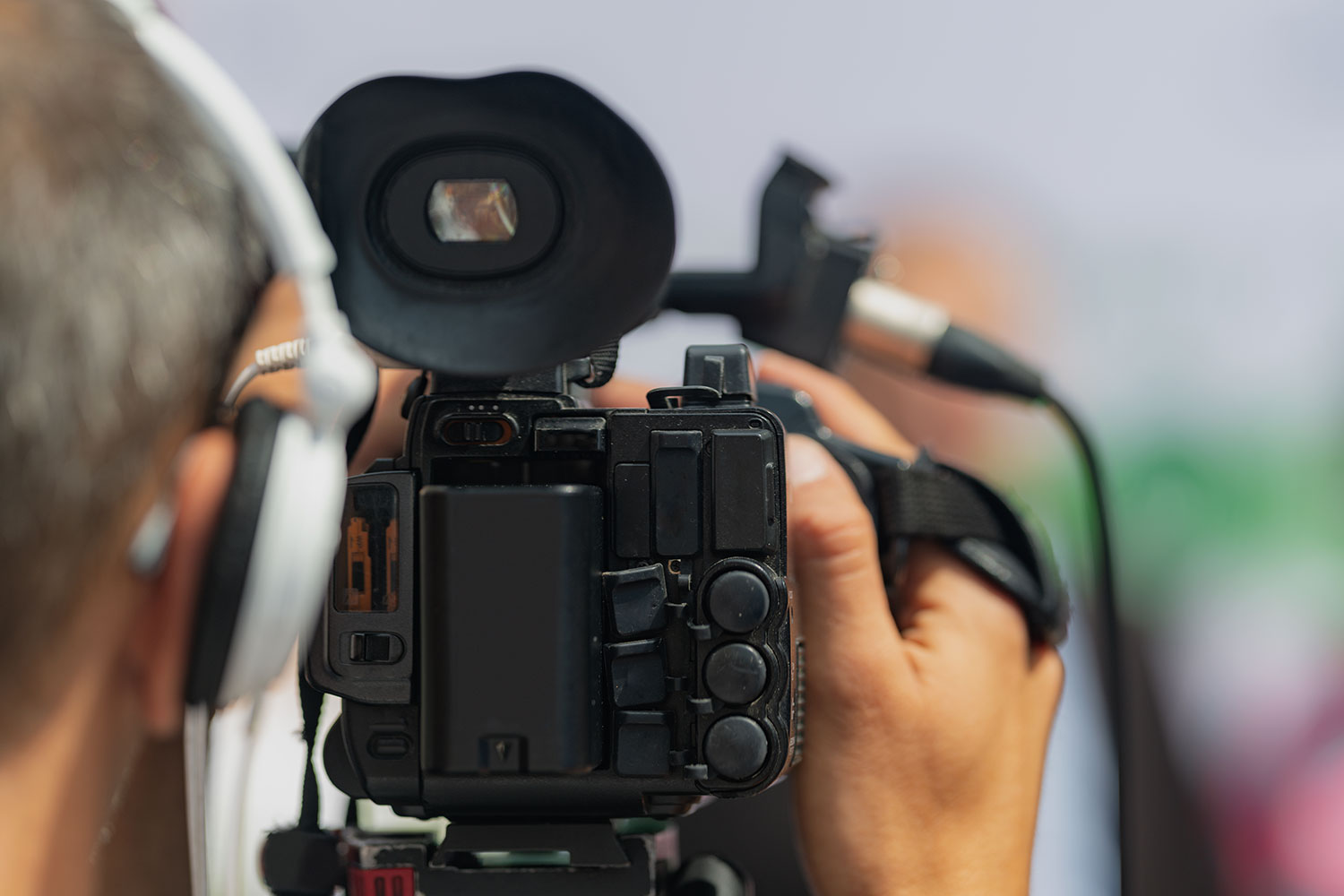Exploring the Devices of Lawful Videography: Unveiling Its Procedure in Safeguarding Authentic Visual Statement for Judicial Procedures
In the world of judicial proceedings, the function of lawful videography stands as a foundation in protecting and presenting visual evidence. As technology continues to development, the systems behind lawful videography have actually ended up being increasingly elaborate, providing a crucial layer of credibility to statements caught on video.
Historical Evolution of Lawful Videography
Taking a look at the historic development of lawful videography discloses a considerable improvement in the catching and presentation of aesthetic proof within the legal landscape. In the past, legal process heavily relied on created transcripts and photographs to document occasions and offer evidence. Nevertheless, with the advent of video clip innovation, the lawful sector observed a paradigm change in just how visual statement was caught and presented.
The development of legal videography can be mapped back to the late 20th century when developments in video recording devices made it a lot more obtainable for usage in court rooms. This technical advancement not just enhanced the precision and integrity of aesthetic proof yet additionally changed the means instances were offered to courts and courts (Legal Videography). Attorneys began to acknowledge the convincing power of video recordings in communicating emotions, subtleties, and non-verbal signs that created records or photos alone can not record successfully

Technology Advancements in Video Documentation
What key technological innovations have reinvented video documents in the lawful area? The legal field has seen substantial innovations in video clip paperwork innovation that have enhanced the credibility and dependability of visual evidence in judicial process. Among the essential advancements is high-def (HD) video clip recording abilities, which provide crystal-clear photos and sharp information that are important for precisely capturing testaments, facial expressions, and other aesthetic hints. Additionally, the assimilation of timestamping and metadata functions in video documents tools has actually allowed precise documents of when and where the video was recorded, making certain the stability of the proof provided in court.
Furthermore, innovations in video file encryption and watermarking technologies have strengthened the safety and security and tamper-proof nature of video clip evidence, securing it against unauthorized modifications or tampering. The introduction of cloud storage options and remote accessibility capabilities has streamlined the storage, retrieval, and sharing of video evidence, assisting in smooth cooperation amongst lawful specialists and ensuring efficient access to crucial visual statements when needed. These technological improvements in video clip paperwork have certainly reinvented the lawful field, improving the accuracy, integrity, and admissibility of aesthetic evidence in judicial proceedings.
Role of Legal Videographers in Court Room Setups
The advancement of video clip paperwork technology in the lawful area has necessitated an essential role for lawful videographers in court settings, making certain the integrity and integrity of aesthetic testaments offered during judicial procedures. Lawful videographers play an essential duty in catching and maintaining exact visual evidence that can be crucial in litigation. Their responsibility encompasses setting up devices, taping process, and generating premium videos that properly show the occasions in the court room.
In court room settings, lawful videographers should adhere to rigorous standards and requirements to preserve the credibility of the visual record. They have to have an eager eye for information and a detailed understanding of legal procedures to guarantee that the video footage they capture is a true representation of the events that took place. Additionally, lawful videographers often work closely with lawful groups to ensure that the video clip evidence Check Out Your URL aligns with the instance's demands and can be successfully provided in court to sustain the legal debates being made. On the whole, the function of lawful videographers in court settings is vital in promoting the principles of justice and ensuring the openness of legal procedures.

Ensuring Admissibility and Honesty of Video Proof
To preserve the trustworthiness of visual proof provided in legal process, guaranteeing the admissibility and stability of video clip proof is an important duty for lawful videographers. Admissibility refers to the approval of proof by the court, and for video evidence to be permissible, it must fulfill certain standards. Legal videographers play a critical role in guaranteeing that the videos they capture conform with the rules of proof, such as relevance, reliability, and authenticity.
Integrity of video clip evidence entails maintaining the originality and precision of the video footage from the time it is recorded up until it exists in court. This includes safely keeping the video documents, recording the chain of guardianship, and avoiding any meddling or alterations. Legal videographers should follow strict methods to ensure the integrity of the video clip evidence and stop any difficulties to its credibility.
Future Trends in Legal Videography
Given the raising dependence on technology in lawful procedures, lawful videographers are poised to embrace innovative developments forming the future of visual testimony capture and presentation. Among the prominent trends coming up is the assimilation of online truth (VIRTUAL REALITY) and boosted reality (AR) innovations right into legal videography. These modern technologies have the possible to transform how aesthetic proof is presented in courts, allowing courts and courts to immerse themselves in the scene of the criminal activity or case.
Furthermore, making use of fabricated knowledge (AI) algorithms for video analysis is anticipated to simplify the process of assessing and assessing big amounts of video footage. AI can aid in determining vital moments, anomalies, and patterns within video clips, boosting the efficiency of lawful examinations.

Conclusion
Finally, lawful videography has played a crucial role in offering genuine visual evidence for judicial process. Via technological developments and the know-how of legal videographers, the honesty and admissibility of video clip evidence are guaranteed in court room settings. As lawful videography continues to progress, it will be necessary to support requirements that maintain the accuracy and dependability of visual statement for the future of lawful process.
Checking out the historic development of legal videography reveals a substantial change in the catching and presentation of visual proof within the lawful landscape.The evolution of video paperwork modern technology in the lawful area has necessitated a vital function for legal videographers in court settings, ensuring the stability and reliability of aesthetic testimonies offered throughout judicial procedures. Additionally, legal videographers often work very closely with lawful teams to make certain that the video proof straightens with the instance's needs this link and can be effectively offered in court to sustain the lawful disagreements being made.To keep the reliability of aesthetic evidence presented in lawful procedures, making certain the admissibility and integrity of video proof is a critical duty for lawful videographers. As lawful videography continues to develop, it will be crucial to promote criteria that preserve the accuracy and dependability of aesthetic testimony for the future of legal procedures.